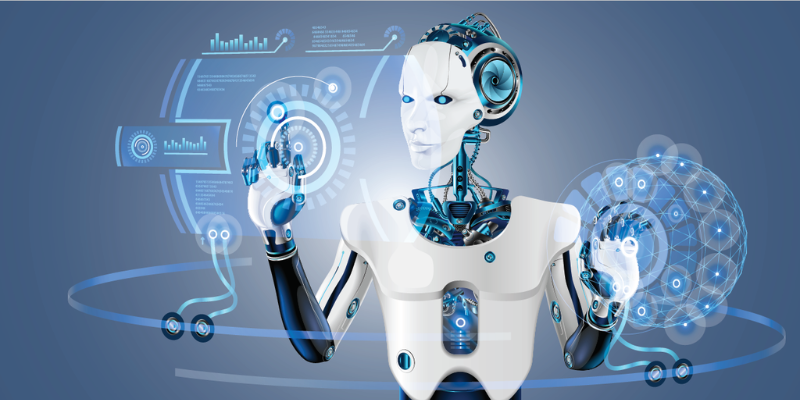Robotic Process Automation (RPA) has transformed businesses’ operations by automating mundane, repetitive tasks and freeing employees to focus on more value-added activities. Implementing RPA can be a game-changer for businesses, but it’s essential to understand the critical stages involved in the process to ensure a successful implementation. Moreover, considering factors such as RPA Training in Chennai at FITA Academy and RPA Development is crucial for maximising the benefits of RPA. In this blog, we’ll closely examine the critical stages of RPA implementation.
Critical Stages of RPA Implementation
Identifying Processes for Automation
The first stage of RPA implementation involves identifying the right processes for automation. This requires a thorough analysis of existing processes to determine which ones are repetitive and rule-based and can be automated using RPA. The goal is to identify the processes that will deliver the most significant return on investment (ROI) and reduce operational costs.
Building a Business Case
Once the processes for automation have been identified, the next step is to build a business case for RPA implementation. This involves calculating the costs and benefits of implementing RPA, including the software cost, implementation, training, and ongoing maintenance. The business case should also include ROI projections, estimated time savings, and improvements to accuracy and efficiency.
Choosing the Right RPA Solution
After building a business case, the next stage is choosing the right RPA solution. Several factors include scalability, security, ease of use, and compatibility with existing systems. Choosing a solution that meets the business’s specific needs and is flexible enough to adapt to changing business requirements is important. Taking an RPA Course can help make the selection process smoother and help to ensure the chosen solution is the right fit for the business.
Designing and Developing RPA Processes
Once the RPA solution has been chosen, the next stage is to design and develop the RPA processes. This involves creating a detailed plan for each process, including the steps, data inputs and outputs, and exceptions or error handling. The plan should be developed in collaboration with the business stakeholders to ensure it meets their requirements and is aligned with their goals.
Testing and Deployment
The next stage is to test and deploy the RPA processes. This involves testing the processes in a controlled environment to ensure that they work as expected and identifying any issues or bugs that need to be addressed. Once the testing is complete, the processes can be deployed to the production environment.
Monitoring and Maintenance
The final stage is to monitor and maintain the RPA processes. This involves monitoring their performance, identifying any issues or errors, and making any necessary adjustments to ensure that they continue to operate effectively. Regular maintenance is also required to ensure that the RPA solution remains up-to-date and continues to meet the changing needs of the business.
Implementing RPA can be a valuable investment for businesses, but it’s essential to understand the critical stages involved in the process to ensure a successful implementation. These stages include identifying processes for automation, building a business case, choosing the right RPA solution, designing and developing RPA processes, testing and deployment, and monitoring and maintenance. By following these stages, businesses can successfully implement RPA and reap the benefits of increased efficiency, accuracy, and cost savings. Enrolling in a Training Institute in Chennai provides top-notch training in RPA development methodology to help you master the skills required to excel in this field.
Also Read: RPA Interview Questions and Answers
